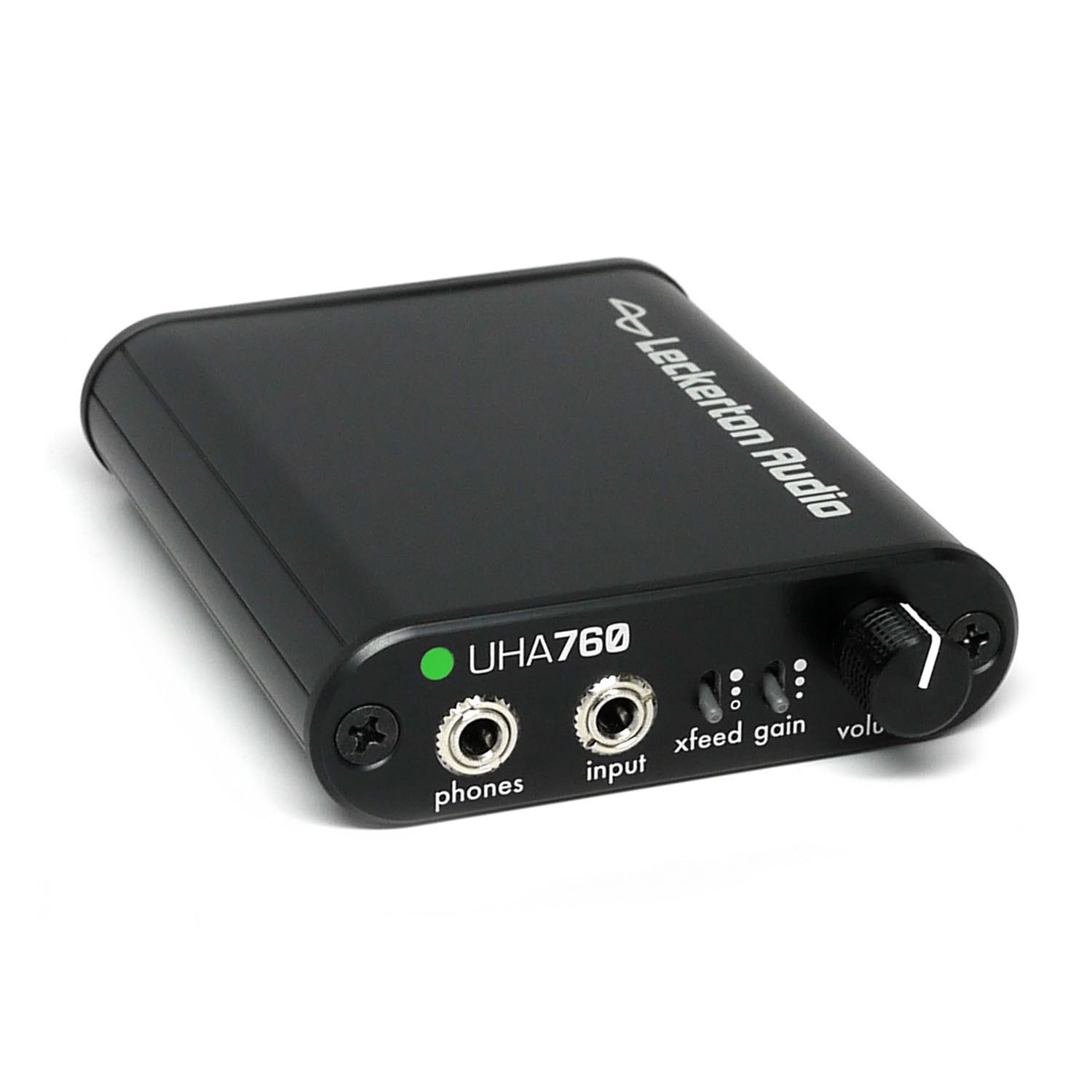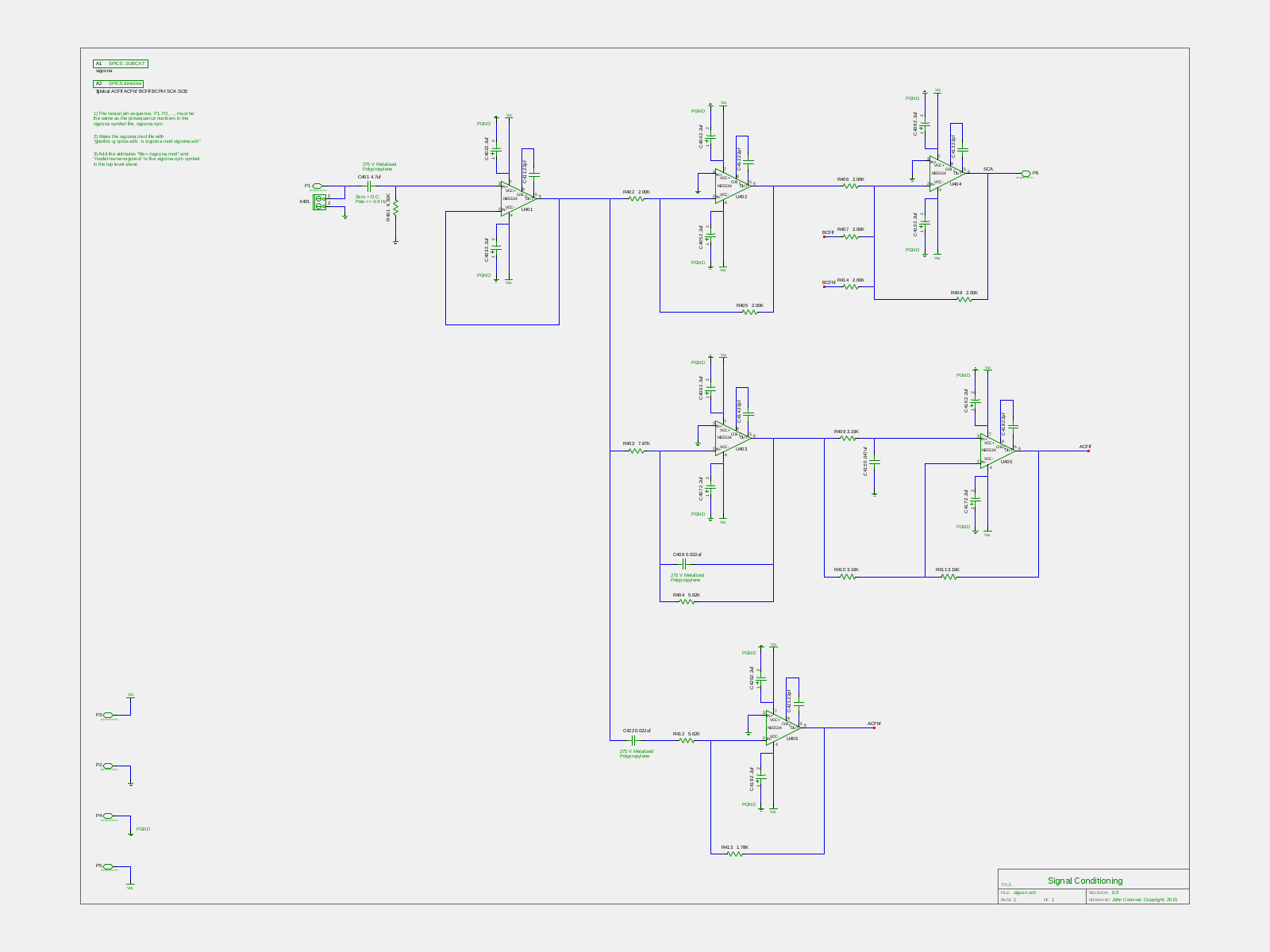

Crossfeed amp how to#
I was not sure where to raise this issue or how to find anything about it by searching cross feed or audio simulation, didn’t find too much.
Crossfeed amp pro#
I use canal phones which are pretty old and other in-canal phones, but also some sealed headphones like senn heiser HD 280 pro if that matters since I like to listen without disturbing others nearby. Was this issue determined to be really NOT important for some reason, and, if so, was there some discussion about it? If not, whatever happened to what seemed to be a hot topic at the time. Yet, the advantages now listed for having a headphone amp don’t say anything about that, only about providing enough power to the headphones’ drivers. Had to do with sound staging, creating a “middle” of the stage, etc.
Crossfeed amp driver#
my question is: it was said, at the time, to be critical to have a headphone amp that introduced cross feed to ameliorate the effect of having the driver (i.e., the speaker or headphone’s driver) playing only to one ear (left or right, I mean), since, of course, with ordinary speakers, each ear hears both speakers, just as in “live” listening. If you're not aware yet, many headphone amps do not have crossfeed circuits, so you need to do some shopping around.I am curious about cross feed and audio simulation since i bought amps from your ancestral site (at least i ended up here when I looked for it) which I think was called or possibly headphones com or head phone com, amp was something called the airhead and also got another amp from a different business. Once you accept that crossfeed will not turn your headphones into speakers (which it won't), then you may discover that you can live without it altogether! At least the good thing is that the circuit can be disengaged if you decide you don't like it, and I don't think it adds much at all to the overall cost of the headphone amp. Also if the recording soundstage was fairly well-reproduced to begin with, engaging the crossfeed can actually ruin the effect and make the soundstage unnatural. The processing that occurs through these circuits usually compromises resolution/detail in the recording, producing more mellow highs but removing the shimmer of cymbals and impact of sharp transients. However, at least to my ears, most of the time crossfeed does more harm than good.



I suppose in those rare recordings - usually older material with hyperexaggerated stereo effect - engaging the crossfeed circuit can make these more tolerable to some people (personally this has never bothered me). The effect is subtle."įound that explanation on this page, with some plugins :Ĭrossfeed can be a mixed blessing. After running through this filter, it then mixes a delayed portion of the left and right channels with each other to simulate the delay that occurs when listening to audio signals through stereo speakers positioned approximately 60 degrees apart from each other. To help reduce listening fatigue caused by the unnatural stereo image provided by headphones, Crossfeed processes the left and right channels of stereo audio signals with a filter that mimics the sound absorption characteristics of the human head. "Crossfeeding blends the left and right stereo channels slightly, reducing the extreme channel separation characteristic of headphone listening that is known to cause headaches in a small fraction of listeners (and compensating for extreme separation in older stereo releases)."


 0 kommentar(er)
0 kommentar(er)
